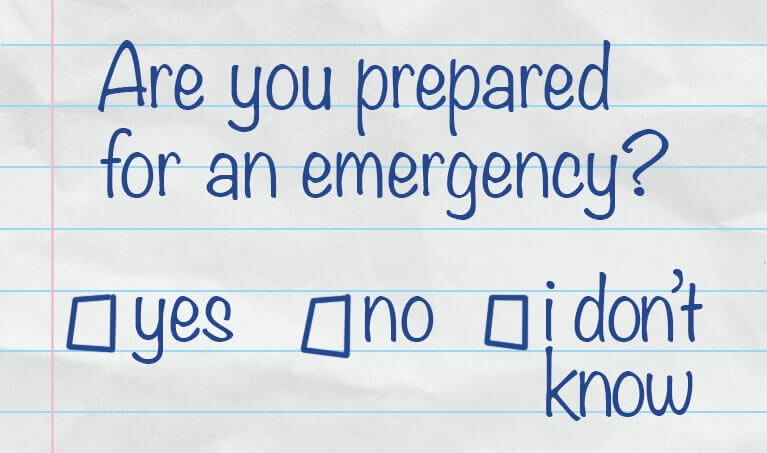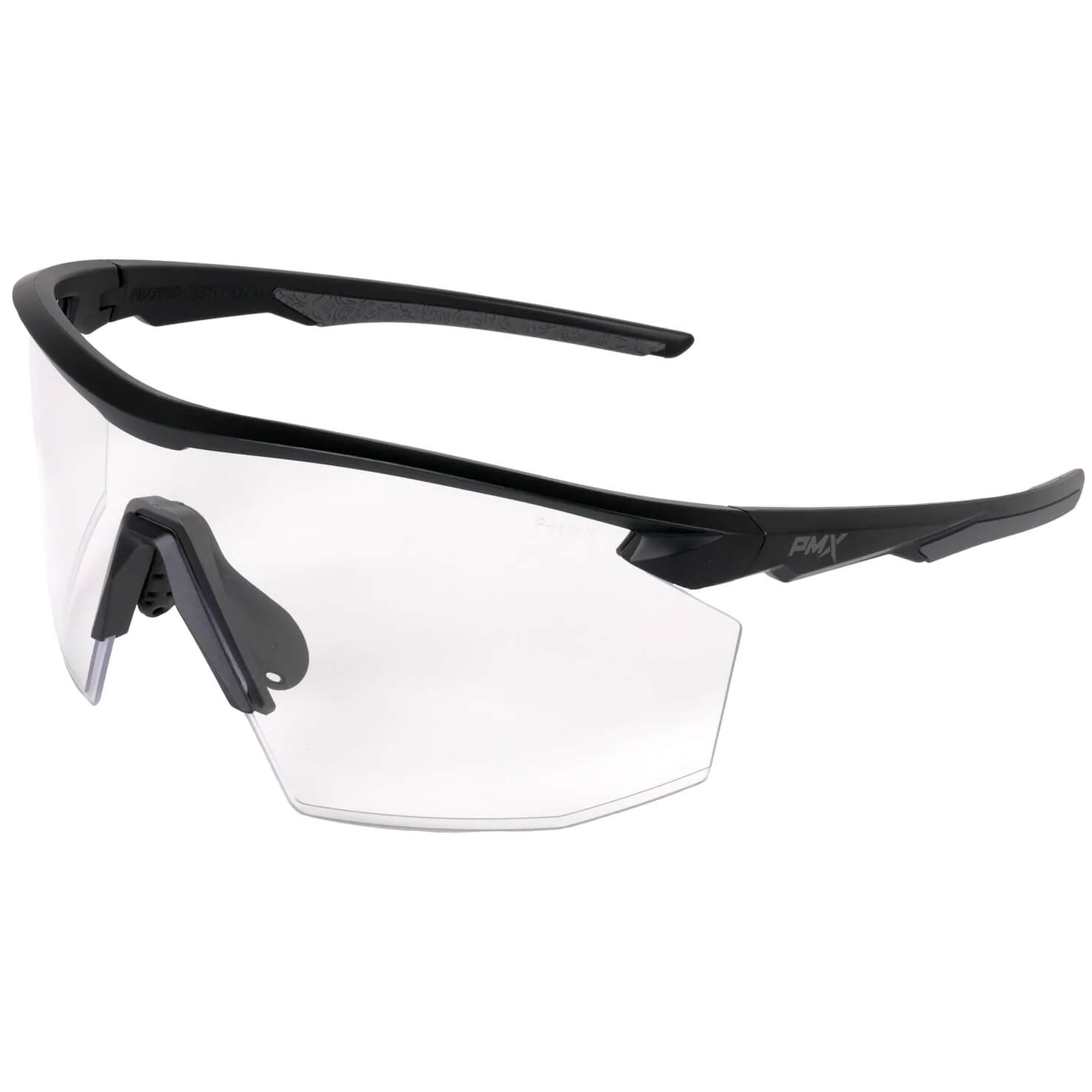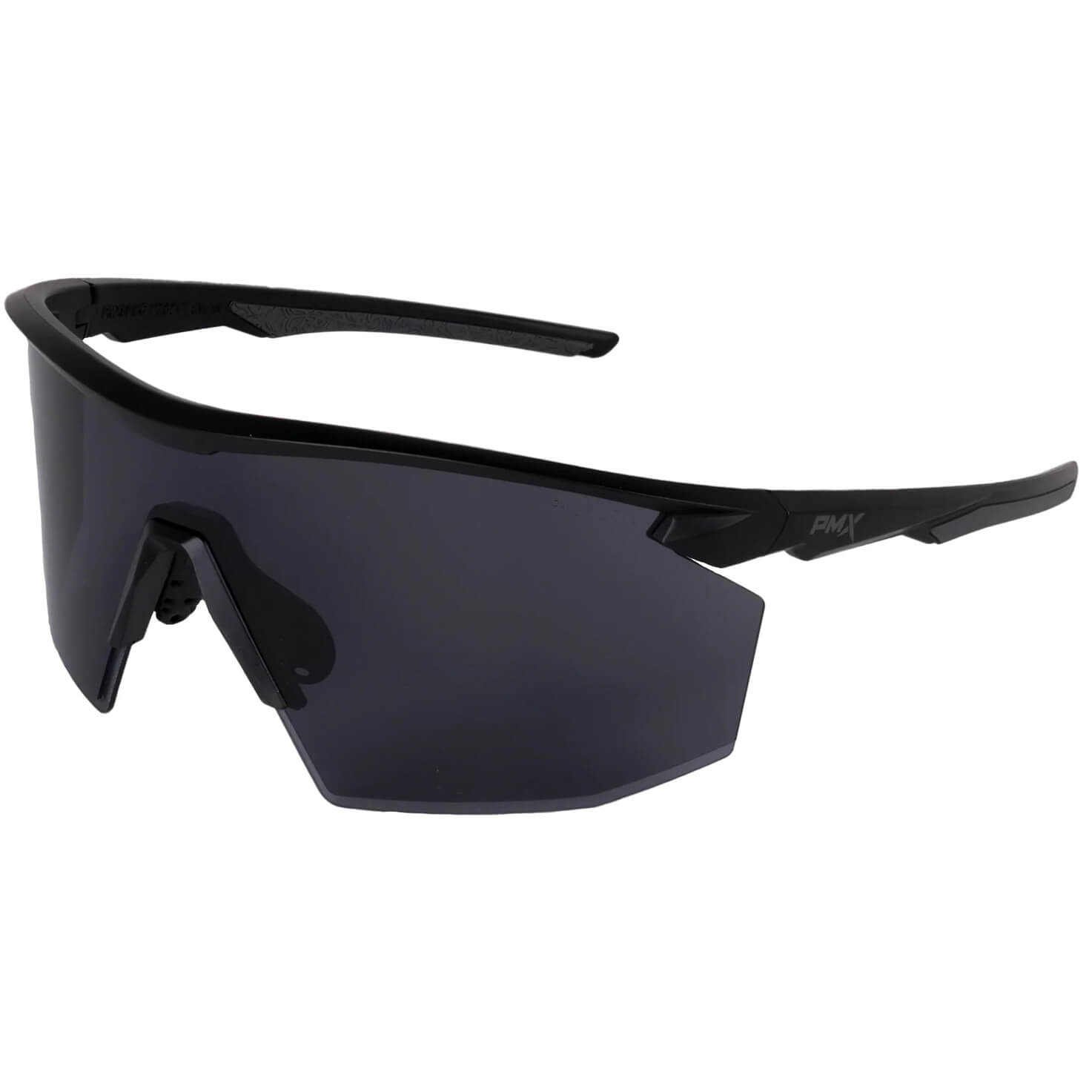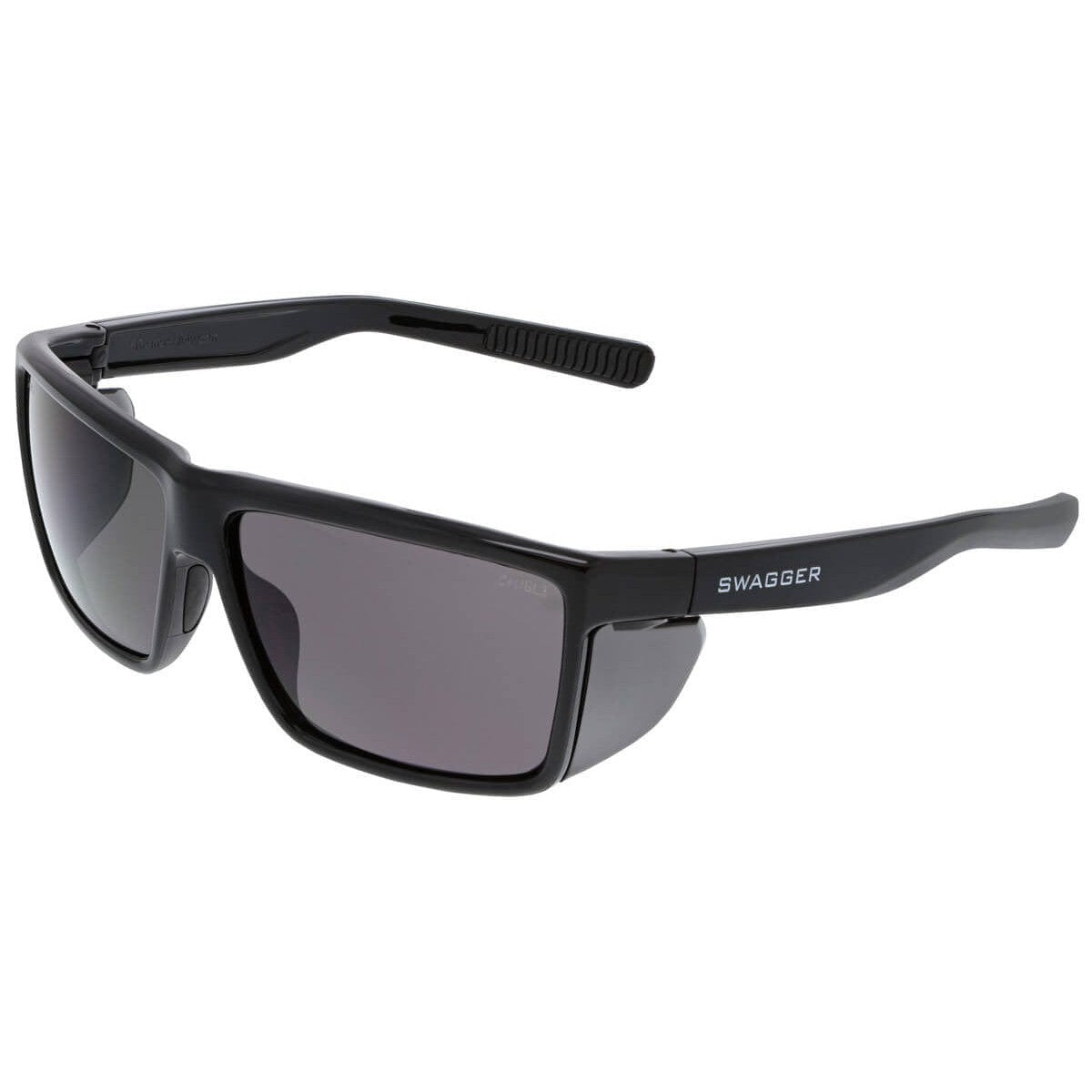Are You Prepared for An Emergency?
Most people know a disaster can quickly devastate a life, a community, and even an entire country. Consider some of the major disasters that have impacted our world in just the past few years alone.
- Earthquakes (Haiti, Japan, Nepal)
- Hurricanes (United States, Puerto Rico)
- Typhoons (Philippines)
- Cyclones (Africa, India, Australia)
- Wildfires (Amazon, Indonesia, United States)
- Volcano eruptions (Indonesia)
- Tornadoes (United States)
- Flooding and landslides (India, Nepal, Germany, Belgium, China)
With the increasing frequency of these events, shouldn’t preparedness be increasingly common? Yet, according to the Arlington Office of Emergency Management:
“Although 80% of Americans live in a county that has experienced a weather-related emergency in the past 8 years, less than 40% have actually developed an emergency plan and discussed it with their family.”
If any of these disasters happened in your area, would you be prepared? If you had to leave your home suddenly because of a nature-related disaster, chemical spill, or even an explosion, would you be able to grab and go quickly?
The American Red Cross says the main reason people fail to prepare for an emergency is that they fail to believe they are at risk. The Arlington Office of Emergency Management says it’s because people claim they don’t have time to prepare.
The stark reality is, though, that not preparing for an emergency, whatever your excuse, could affect you and your family in significant ways. It also affects an already-taxed emergency response system. Fortunately, it takes less time and effort than you might think to be prepared for an emergency or disaster.
A Basic Emergency Kit
The Federal Emergency Management Agency (FEMA), in their in-depth guide to “Citizen Preparedness,” tells you how to prepare for disasters and emergencies by knowing your risks, making a plan, and taking action. Their recommendations include gathering emergency supplies and placing them in your home, workplace, and vehicle. Their recommendations for a basic emergency kit include:
- Water – one gall per person per day for 3 to 14 days
- Food – non-perishable
- Cash – enough for food, fuel, and lodging
- Radio – battery-powered (with extra batteries) or hand crank
- Flashlight – also with extra batteries
- First aid kit – including wound care items
- Whistle – helpful when visibility is an issue
- N95 respirator mask – at least one for each person
- Wrench or pliers – to turn off utilities
- Can opener and other food prep tools
Ready.gov also provides preparedness materials like hazard information sheets and a guide for alerts and warnings. These free resources do much of the work for you, giving you more time to do the essential part of making sure you have what you need should an emergency happen.
Safety Glasses in Your Emergency Kit
It’s probably no surprise that first responders, volunteers, and other emergency workers put on safety glasses or goggles as they head into emergencies. Debris, smoke, and other particles large and small are a part of many disaster scenes, so eye protection is essential. For this reason, it also makes sense to include safety eyewear as part of your emergency kit.
In addition to basic safety kit recommendations, consider including an eye-related emergency kit in your disaster preparedness. Such a kit, according to the Wise Family Eye Center, should include:
- Spare prescription glasses that are impact resistant
- Artificial tears and saline solution
- Extra contact lenses and multipurpose solution
- If applicable, a 2-week supply of Rx eyedrops
- Safety eyewear
As with your basic kit, your emergency eyewear kit should cover the needs of everyone in your household. Safety goggles provide maximum protection against hazards. Safety glasses, including safety glasses for children, help protect your eyes and give you clear vision in a variety of conditions. Finally, safety sunglasses provided eye protection while also helping you see in environments where brightness and glare are concerns.
Beyond the Basics
In addition to having a basic emergency kit, consider creating a Go-Bag to hold additional necessities like health information, hygiene care items, tools, clothing, and duct tape.
Once you’ve created your emergency kit and go-bag, develop a system for maintaining your preparedness. Put a reminder on your calendar to check your supplies every six months and to reassess your needs yearly. Maintain your kit regularly, so it is always ready.
Also consider preparedness for other locations. Most workplaces, schools, and daycares are already prepared for employee safety during emergencies and evacuations as well as for the safety of those in their care. You can add to the precautions already in place by creating emergency plans that extend outside of your house and neighborhood.
Want to extend your preparation beyond emergencies associated with large-scale disasters?
Consider Everyday Carry for the Car to find out how many people prepare and what experts recommend for vehicles in emergencies. Also related are Everyday Carry for Men and Everyday Carry for Women, which discuss what men and women feel are essential items to always have with them.








